Shifting geographies, changing identities, urban decay, and a longing for an uncertain past. The talk of postcommunist transition in the global semi-periphery of Eastern Europe continues to this day, as the memory of the communist past and also of the post-transition years are rediscovered and reinterpreted. Together with economic and theoretical analyses of these processes, there is a parallel, artistic thread that produces images of this territory from the perspective not of the dominant western center, but of the East itself.
The exhibition New East Poetistas, opened at Projektraum Alte Feuerwache in Berlin, eschews theoretical grand narratives and displays a multitude of perspectives that are at once intimate, personal, contemplative, and melancholy. Curated by Berlin-based artist and photographer Patricia Morosan, the show brings together four artists: Jasmina Al-Qaisi, Ioana Cîrlig, Larisa Crunțeanu, and Patricia Morosan herself. The latter three showcase parts of their older projects: Ioana Cîrlig with her Postindustrial Stories and Zâne photo series (2012-2015 and 2014-2017), Patricia Morosan with her photo/documentary project Remember Europe (2018), and Larisa Crunțeanu with her video work Jealous of the Forest (with Traian Frâncu, 2018). In terms of theme and approach, these works fit in together seamlessly and communicate with each other. Jasmina Al-Qaisi adds an additional dimension with her sound installation (and poem) Bine Biene (2020), made especially for this exhibition.
As the curatorial text (written by Ulrike Gerhardt, translated by bellu & bellu) says, “[t]heir biographical connections to Romania is what the artists have in common,” together, with their preoccupation for a certain geography. The artists all knew each other, and it was Patricia Morosan’s initiative to bring together a small but familiar circle of women artists to approach their origins in a western context. In her text for Morosan’s book project, Marta Jecu writes that every photographic act “registers a centre: the self of the photographing body (the camera/ the photographer himself) places itself in a middle, from which it captures the black hole of the infinite ‘here and now’.” So exhibiting these works far from the context they represent, in Berlin, is perhaps a statement itself, the confrontation of a western economic and artistic center with a subjective center (a perspective) from the east.
Morosan’s project involved travelling to seven locations in Eastern and Central Europe that at some point in history were claimed to be the continent’s geographical center. Most of the photos documenting the trip are taken in small rural communities, and it is the connection between the singularity of those very small locations and the generality of the Eastern experience that was most interesting to me. A woman whose face is seen through a lace curtain, a boy’s pale half-turned face slightly blurred against an almost pitch black background, a bus passing through a snowy hillscape, houses in the snow at night faintly illuminated by a few street lamps, a statue in the falling snow dissolved in the strong glare of a street light beyond, all these show a poetic, affective approach to their subject. For me personally they are reminiscent of childhood sights that I may not have even personally experienced.
Ioana Cîrlig’s works function similarly. One of her series focuses on two former mining towns whose industry was dismantled post-transition, while the other shows women’s lives in a rural setting. We see landscapes bearing the marks of extensive mining, ruins of factories together with scenes of daily life: a man and a child riding a beat-up bike down a country road, a girl warming herself by a fire, a woman holding a sheep close, and so on. Though topics like poverty and the disappearance of industry transpire, the photos, to me, feel like more than social commentary or documents. The subjects do not inspire pity; they are composed, expressive, and strongly individual.
Morosan’s soft blurs and Cîrlig’s starkness may also awaken feelings of melancholy, of loss. Larisa Crunțeanu’s work verbalizes such feelings through a folk song that her subject/character, Traian Frâncu, sings. The camera follows the man as he walks through a village with a rake and other farm tools. We then see him cutting the grass with a scythe. Afterwards, he sits down and sings a melancholy song about longing and how he envies the forest for not feeling it. While the song is overtly about love, the exhibition’s context extends this feeling. Loss and longing often assert themselves in postcommunist narratives.
The exhibition is less critical and more reflective and poetic. Jasmina Al-Qaisi extends this quality through her sound installation for which the script is included in the exhibition. The script reads like a multilingual poem, marked by recurring motifs, onomatopoeia, and slippages between similar words from multiple languages. While fragmented, one can read through the playful language a concern for topics like the care work of women, who are indirectly compared to bees, work that is performed throughout generations. This fits within the context of the exhibition, as the topic of the former and new East is a deeply transgenerational one.
The center organizes and makes meaningful that which is around it. Where is this elusive Eastern center, pursued not only by Morosan in her series, but by all four artists through their perspective and their subjects? Jecu writes that “we can find a place on a map by searching around it, by identifying its relationships to other places, by viewing it through fragmented images, rather than by pointing to it and identifying it.” What the exhibition in Berlin offers is such a series of fragments that does not aim to impose a strong narrative, a definite center, but to present the viewer with a variety of perspectives and a poetics focused on affect. It invites one to suspend judgment and try to just look and listen.
New East Poetistas is open at Projektraum Alte Feuerwache in Berlin between 10 July and 23 August 2020
POSTED BY
Rareș Grozea
Rareș Grozea (born 1995) got his B.A. in Art History from the University of Bucharest and is currently studying for a Master's in Berlin....
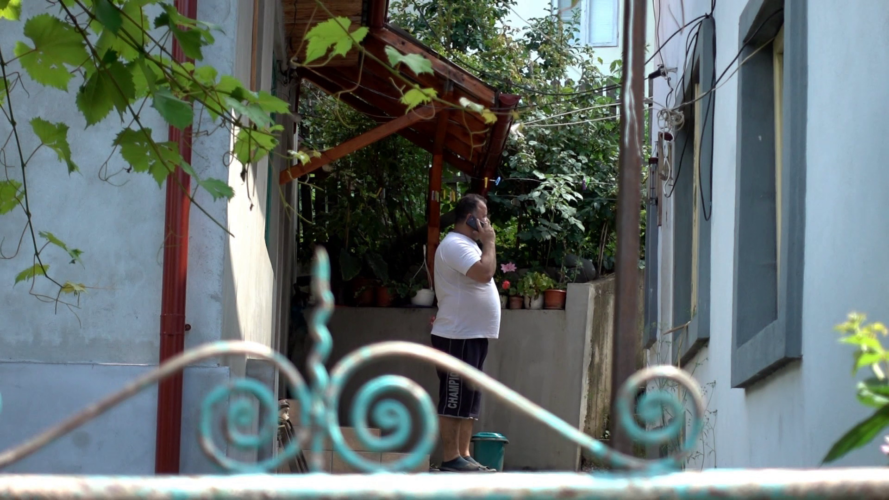
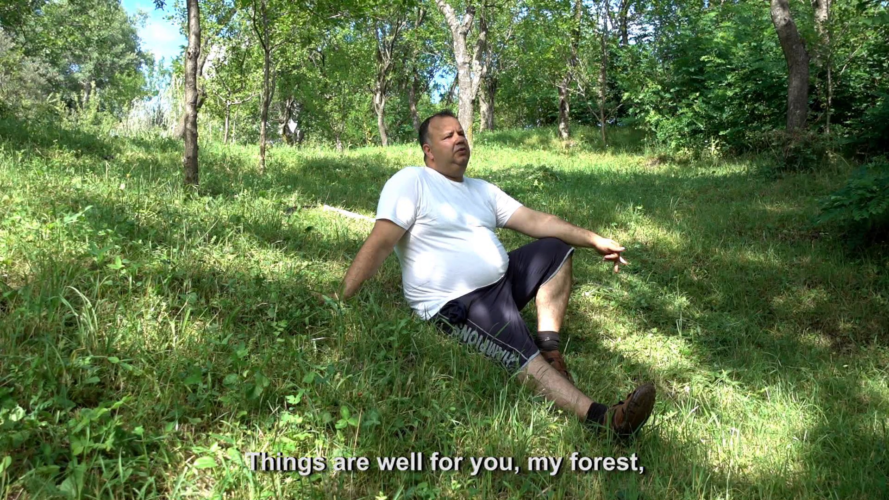
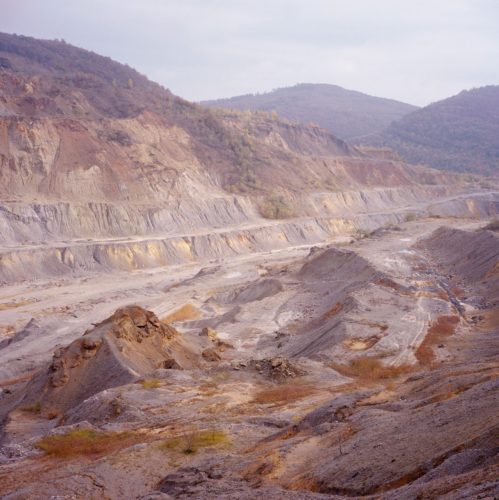
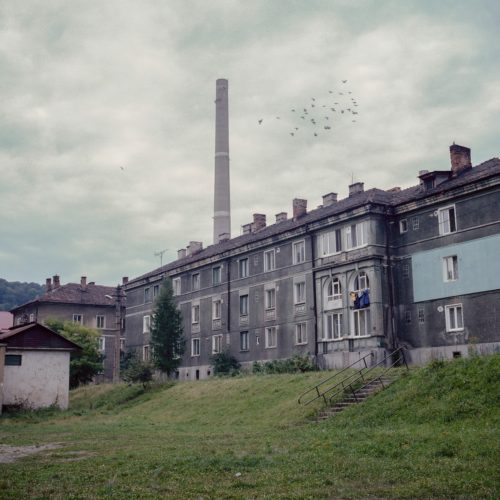
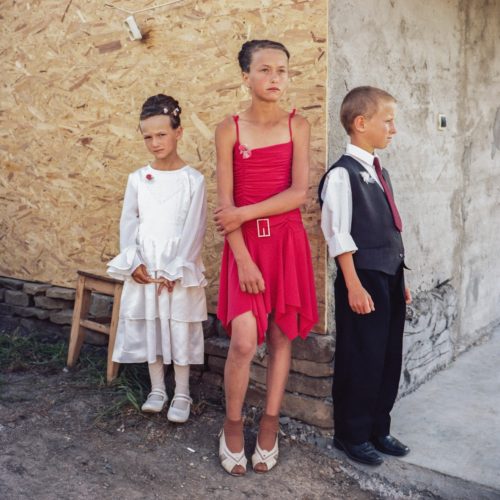
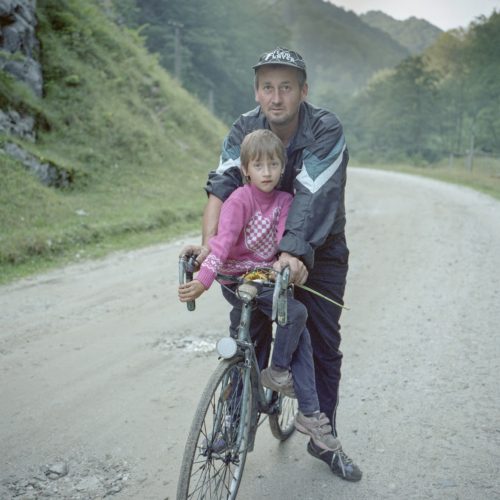
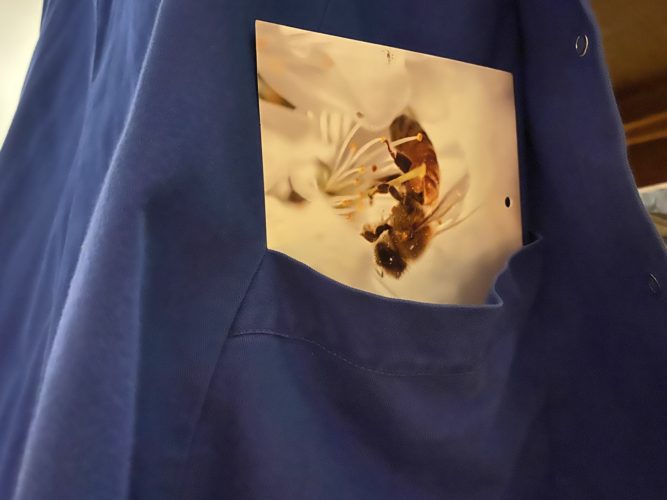
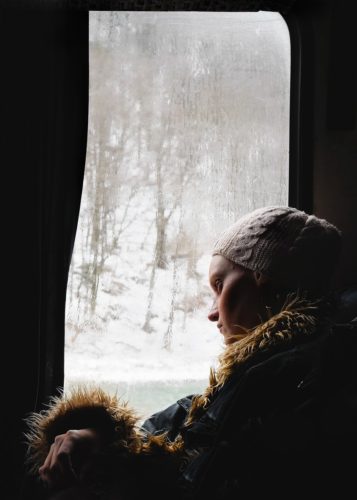
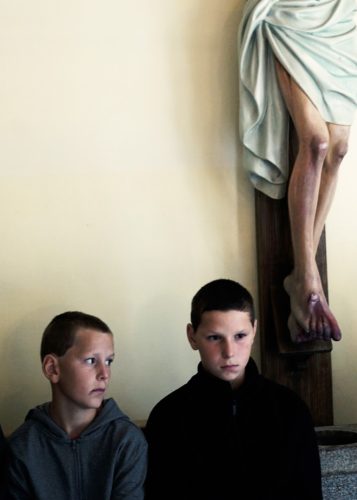
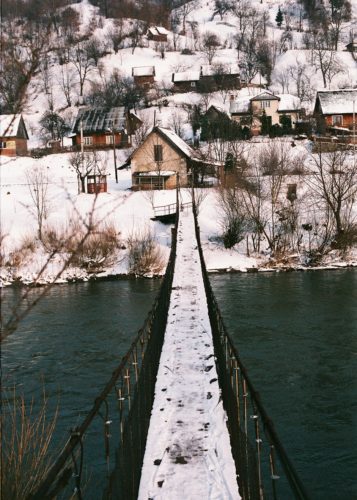
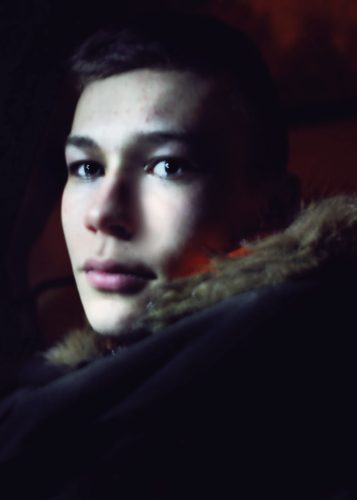
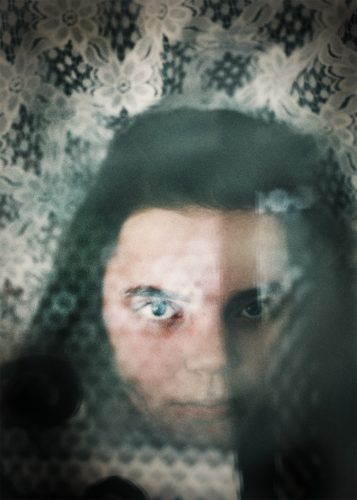
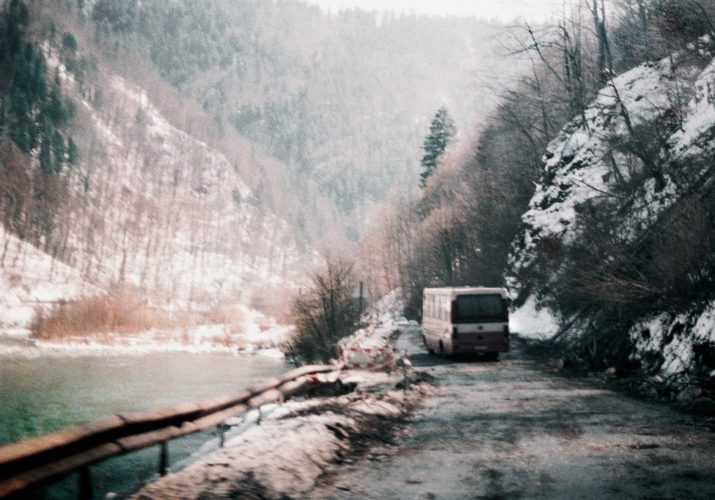
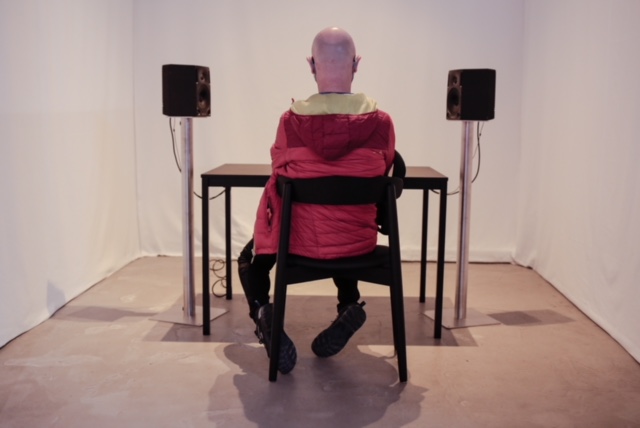
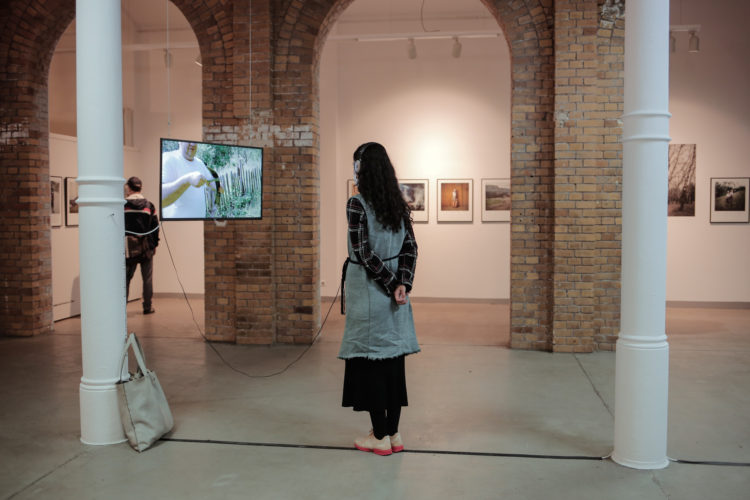

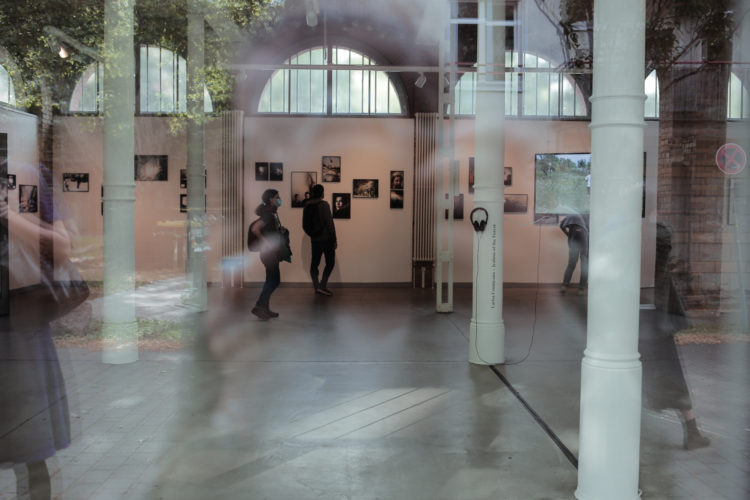

Comments are closed here.